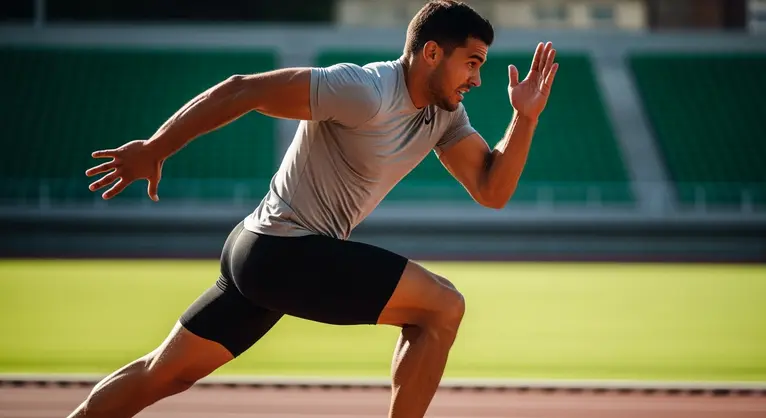Injury Prevention and Safe Recovery: A Practical Guide for Fitness Enthusiasts
Staying active is rewarding—but injuries can quickly derail your progress. Whether you’re a weekend warrior or a committed athlete, knowing how to prevent injuries and recover safely is key for long-term health and performance. As a trainer who’s seen countless athletes bounce back stronger, I’ll guide you through proven strategies that truly work.
Why Injury Prevention and Recovery Matter
Every athlete, from beginner to pro, risks injury. Prevention isn’t just about dodging pain—it’s about sustaining your fitness journey and performing at your best. Recovering properly can mean the difference between a quick comeback and lasting setbacks.
The Power of Warm-Ups and Cool-Downs
Dynamic Warm-Ups: Get Your Body Ready
Think of your muscles like taffy; if you stretch them cold, they might snap. Dynamic stretching (think leg swings, arm circles, gentle jogging) boosts blood flow and flexibility. Just 5–10 minutes before every session can significantly reduce your injury risk.
Effective Cool-Downs: Ease Back to Baseline
After a tough workout, slowly decrease your intensity. Gentle walking or stretching helps your body return to normal, preventing cramps and soreness. I often tell clients: “Don’t skip the cool-down—it’s your ticket to feeling great tomorrow.”
Strength, Flexibility, and Balance
Core Stability: Your Foundation
A strong core protects your spine and improves overall balance. Simple moves like planks, bird-dogs, or wall-supported crunches work wonders—do these 2–3 times a week.
Flexibility Matters
Stretch major muscle groups regularly. Dynamic stretches help before activity; static stretches (holding for 20–30 seconds) suit post-workout recovery. As a rule, “train strength, maintain stretch.”
Common Injuries and How to Avoid Them
Many setbacks—like shin splints, tendinitis, or sprains—stem from overuse or poor form. Here’s how to lower your odds:
- Progress training gradually. Don’t jump into intense routines—add time or intensity slowly.
- Listen to your body. Persistent aches are early warnings—not badges of honor.
- Adapt your plan to your sport. For runners, focus on good shoes and soft surfaces. Contact athletes must always use recommended protective gear.
Perfecting Technique and Choosing the Right Equipment
Form First, Reps Later
Improper movement places extra strain on joints and tendons. It’s better to lift lighter weights with excellent form than heavier loads with sloppy posture. Ask a qualified coach to check your technique—record yourself to catch mistakes.
Equipment and Footwear
Shoes aren’t just fashion; they’re your first line of defense. Runners need shoes with good shock absorption, while court athletes benefit from shoes supporting lateral movement. Protective gear should always fit snugly—if a helmet wobbles, it’s not protecting you.
Hydration and Nutrition: Fuelling Recovery
Muscles heal best when hydrated and nourished. Drink plenty of water—especially in heat—and replenish electrolytes after hard, sweaty sessions. Focus meals on lean proteins, whole grains, and colorful fruits or veggies to give your body what it needs to rebuild. For enhanced recovery benefits, consider including antioxidants in sports nutrition as part of your diet.
A Safe Return: Recovery Protocols
If an injury sidelines you, patience and protocol matter:
- Consult healthcare pros before jumping back in.
- Use structured frameworks, like StaRRt, which assess your body’s readiness and set staged activity progressions.
- Celebrate milestones—whether it’s pain-free walking or your first full practice back.
For a detailed approach, check out this comprehensive injury recovery checklist to guide you through the healing process.
Actionable Takeaways
- Always spend 5–10 minutes warming up and cooling down.
- Prioritize core strength and flexibility to support your movement.
- Use good technique and the proper gear for your sport.
- Listen to your body—never ignore lingering pain.
- Hydrate and eat well to help your body recover.
- Return to activity in stages, checking with pros as you heal.
Injury prevention isn’t a one-time fix, but a lifelong practice. By making these habits second nature, you’ll enjoy a stronger, safer, and more successful fitness journey—no matter where you start. Stay healthy, stay active, and don’t forget: the best comeback is always built on smart preparation.

